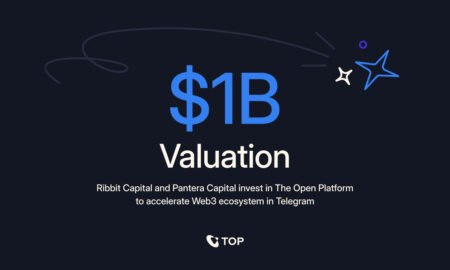The retail industry is constantly evolving, and with the rapid advancement of technology, traditional methods of pricing and inventory management are becoming outdated. One of the most significant innovations reshaping the retail landscape is the adoption of electronic shelf labels (ESLs). These digital price tags are transforming how retailers manage pricing, engage with customers, and stay competitive in an ever-changing market. Here’s why electronic shelf labels are the future of retail pricing and how they are revolutionizing the shopping experience.
1. Dynamic Pricing for a Competitive Edge
In today’s fast-paced retail environment, dynamic pricing has become a crucial strategy for staying competitive. Electronic shelf labels enable retailers to update prices in real time across thousands of products with the click of a button. This flexibility allows businesses to:
- Adjust prices based on demand, inventory levels, or market trends.
- React instantly to competitor pricing changes.
- Implement personalized promotions tailored to specific customer segments.
Gone are the days of manually replacing paper price tags, which can be time-consuming and prone to errors. With ESLs, retailers can optimize pricing strategies, improve efficiency, and drive higher profits.
2. Enhanced Operational Efficiency
Retailers constantly seek ways to streamline operations and reduce labor costs. Updating traditional price tags is labor-intensive and can take hours or even days for large stores. Electronic shelf labels eliminate this inefficiency by automating the process.
ESLs integrate seamlessly with inventory management systems, ensuring that pricing and stock information remain accurate. This automation reduces human error, enhances productivity, and frees up staff to focus on customer service and other critical tasks.
3. Improved Customer Experience
Modern consumers expect convenience, accuracy, and transparency when shopping. ESLs enhance the customer experience in several ways:
- Accurate Pricing: With real-time updates, customers can trust that the price they see on the shelf matches what they pay at checkout.
- Product Information: ESLs can display additional details, such as promotions, nutritional facts, or sustainability certifications.
- Interactive Features: Advanced ESLs can incorporate QR codes or NFC technology, enabling shoppers to access more information or participate in loyalty programs via their smartphones.
These features create a seamless and engaging shopping experience, fostering customer loyalty and satisfaction.
4. Sustainability and Environmental Benefits
Sustainability is becoming a top priority for both retailers and consumers. Traditional paper price tags generate significant waste and require constant replenishment. In contrast, electronic shelf labels are a more eco-friendly alternative that supports sustainable practices.
By eliminating the need for paper and reducing waste, ESLs help retailers minimize their environmental impact. Additionally, the long lifespan of these digital labels ensures a lower overall carbon footprint compared to their traditional counterparts.
5. Integration with Smart Retail Technologies
The future of retail lies in the integration of various smart technologies, and ESLs are a key component of this ecosystem. These labels can integrate with:
- Artificial Intelligence (AI): AI-powered systems can analyze sales data and recommend optimal pricing strategies.
- Internet of Things (IoT): ESLs connected to IoT devices can provide real-time insights into inventory levels and customer preferences.
- Omnichannel Retailing: ESLs support seamless integration with online platforms, ensuring consistent pricing across all channels.
This connectivity enables retailers to operate more efficiently and deliver a unified shopping experience, whether customers are browsing in-store or online.
6. Cost-Effectiveness Over Time
While the initial investment in electronic shelf labels may seem high, the long-term benefits far outweigh the costs. By reducing labor expenses, minimizing pricing errors, and optimizing inventory management, retailers can achieve significant cost savings. Additionally, features like automated price updates and advanced analytics further enhance ROI.
Solutions like Vusion’s electronic shelf labels offer advanced technology that caters to the needs of modern retailers, making them a smart investment for businesses looking to stay ahead in the competitive retail market.
Conclusion
Electronic shelf labels are more than just digital price tags; they represent a transformative shift in how retailers manage pricing, operations, and customer engagement. With benefits ranging from dynamic pricing and operational efficiency to sustainability and seamless integration with smart technologies, ESLs are set to redefine the future of retail.
As the industry continues to embrace innovation, forward-thinking retailers that adopt electronic shelf labels will gain a competitive edge, improve their bottom line, and deliver a superior shopping experience. The future of retail pricing is here, and it’s digital.



































